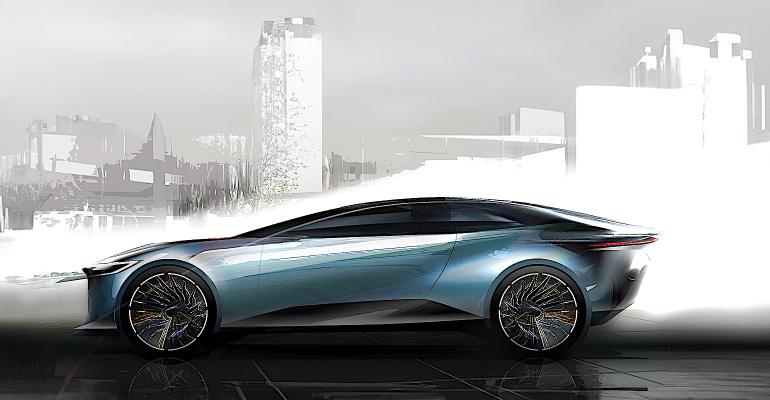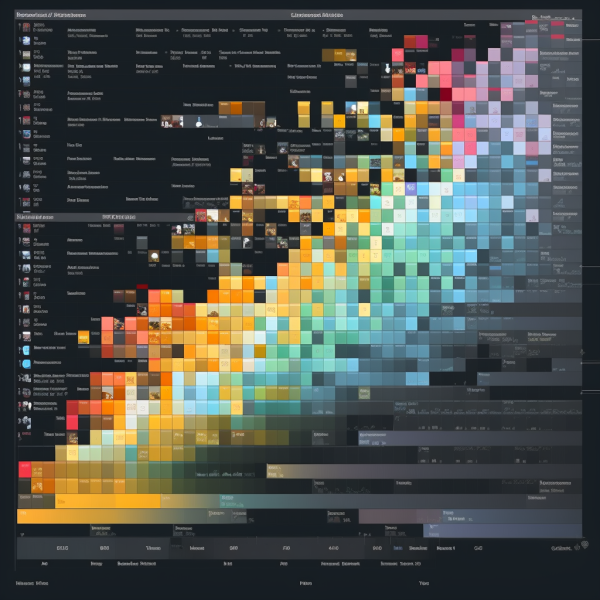Toyota is using generative AI to augment the design process

In the bustling world of automotive innovation, the Toyota Research Institute (TRI) is working to seamlessly integrate precise engineering constraints into a generative AI-augmented design process. Traditionally, vehicle designers have leaned on publicly accessible text-to-image generative AI tools during the early stages of their creative journey. However, Toyota’s approach allows these professionals to infuse their initial […]
AI needs to be tied to strategy

From Hype to High Impact In the dynamic realm of technology, the temptation to incorporate the latest innovations can sometimes eclipse the foundational principles of an organization. One startup’s experience with AI integration stands as a case in point. The Temptation of the Novel Like numerous startups, Gigasheet, a web-based, no-code big data spreadsheet tool, […]